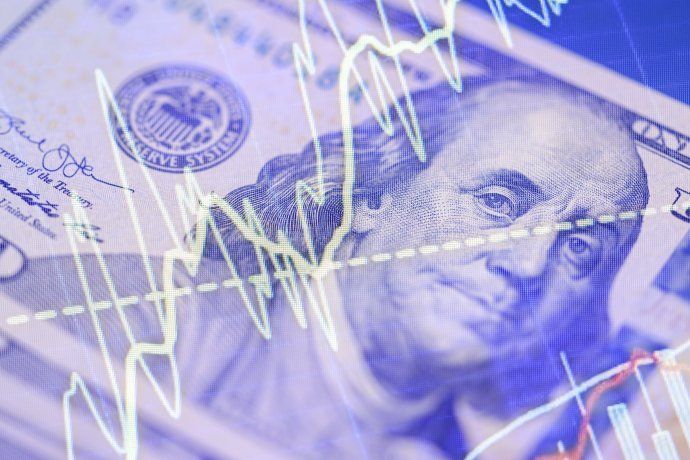The dollar was advanced to the electoral calendar and presented the fragility of the model: rates jump, exchange pressure and monetary uncertainty.
What was expected as a pulse exchange towards the final stretch of the electoral calendarforcing a premature adjustment of the macroeconomic board. Despite the official incentives to accelerate the liquidation of currencies of the agro -export sector, The market began to reflect pressures on the exchange rate since mid -June. In July, the dollar crossed the center of the exchange band, exposing the fragility of a strategy that bet to contain the dollar as an anti -inflationary anchor.
The content you want to access is exclusive to subscribers.
The context was even more complicated with the Redesign failed of the monetary scheme. The abrupt output of the Lefis (instrument that operated as a path of absorption of pesos by the BCRA) unleashed greater instability. The lack of efficient mechanisms to regulate liquidity resulted in a Money market rates jump: The Caiós came to exceed 70% TNA, and the shortest LECAP (S31L5) climbed above 66% TNA.


Given this panorama, financial institutions faced an uncertain scenario. Without the BCRA absorption tool, and with new regulatory restrictions that penalize the possession of public titles in the secondary market, banks began to turn to the Overnight market force to avoid leaving funds on unpaid lace. This dynamic raised the tensions about the financial system and reinforced the rate rise.
Depositphotos_784763072_XL

The administration of liquidity through tender tenders, with instruments of longer duration and deferred liquidation, ended up working more like a bottleneck than as an effective regulator. The real rates are located at high levels, with negative impacts on economic activity, the fluidity of the payment chain and the sustainability of fiscal financing. In turn, the dynamics of the market of future evidence that the current exchange rate fails to anchor expectations, which adds uncertainty in the exchange front.
Within this framework, the third quarter (already considered the most complex of the year for its proximity to the electoral process) confirms the most pessimistic forecasts. The combination of an early exchange pressure, a failed monetary transition and the obligation to validate higher rates mark the limits of a model that, in times of better external conditions, offered a greater margin of maneuver. Today, without the extraordinary income of agriculture or access to external financing, the scenario is much more challenging.
In spite of everything, there are some indicators that show some stability. The fiscal front is ordered and, inflation is maintained below 2%. However, the situation raises difficult dilemmas: stabilize the dollar without new sources of financing, contain inflation without drowning economic activity and preserve political stability in an increasingly demanding electoral context.
Economist – former Subsecretary of Macroeconomic Programming of the Nation
Source: Ambito
David William is a talented author who has made a name for himself in the world of writing. He is a professional author who writes on a wide range of topics, from general interest to opinion news. David is currently working as a writer at 24 hours worlds where he brings his unique perspective and in-depth research to his articles, making them both informative and engaging.




